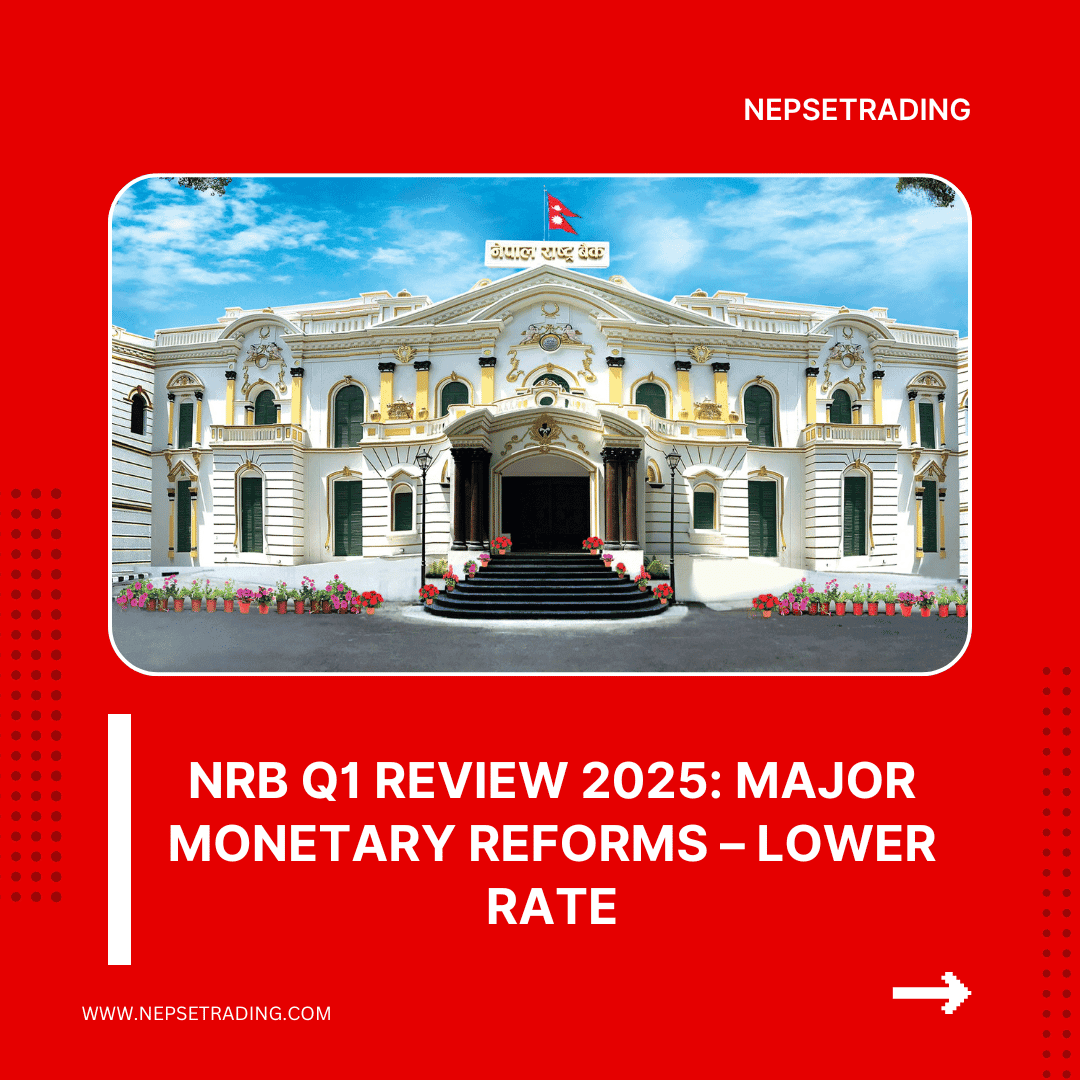By Dipesh Ghimire
Rising Revenues and Resilience: Nepal’s Banking Sector Surges in FY 2081/82 Q1

In the first quarter of the current fiscal year 2081/82, Nepal's banking sector demonstrated robust revenue growth, with 20 commercial banks collectively contributing approximately NPR 5.41 billion to the government. This represents a 16.43% increase compared to the same period last fiscal year, where banks had paid NPR 4.64 billion in taxes. This rise reflects stronger financial performance across major banks, boosted by favorable lending rates and increased market activity.

Top Contributors: Nabil Bank and Global IME Bank
Among the top contributors, Nabil Bank led with a substantial NPR 779.59 million in revenue, followed closely by Global IME Bank at NPR 635.71 million. These figures signal strong operational performance and potentially higher earnings, as larger banks benefit from economies of scale and diversified income sources. Both banks have significantly expanded their customer base and service offerings, positioning themselves at the forefront of Nepal's financial ecosystem.
Sector-Wide Strength and Rising Middle Tier Contributions
In addition to top performers, a range of mid-tier banks also contributed substantial amounts. Prime Commercial Bank, NMB Bank, Everest Bank, and Kumari Bank each reported revenues exceeding NPR 400 million, showing that banks beyond the top tier are capturing a larger market share. This trend suggests that consumers and businesses are increasingly turning to mid-sized banks for financing, as these institutions offer competitive lending rates and customer service improvements.
Government Revenue Boosted by Bank Taxes
The rise in revenue collection from banks has provided the government with much-needed funds for public investment and infrastructure development. Increased tax receipts from the banking sector highlight the sector’s importance as a consistent revenue source, especially amid fluctuations in other sectors like agriculture and manufacturing.
Negative Tax Reporting by Nepal Investment Mega Bank: A Cautionary Signal?
However, not all banks reported positive results. Nepal Investment Mega Bank posted a negative tax figure of NPR 629.2 million, marking a notable divergence from sector trends. This negative reporting could be due to significant provisioning or deferred tax adjustments, and it raises questions about the bank's financial health and risk management strategies. Analysts are likely to scrutinize these results closely, as they may indicate challenges in profitability or operational hurdles that could impact the bank’s growth trajectory.
Outlook for the Banking Sector: Navigating Opportunities and Risks
As Nepal’s banking sector heads into the second quarter of FY 2081/82, the positive revenue momentum points to a resilient economic environment and steady demand for financial services. However, the sector faces potential challenges, including inflationary pressures and changes in regulatory policies that may impact loan recovery rates. Nevertheless, the overall revenue growth in Q1 suggests that banks are in a strong position to weather future uncertainties while continuing to drive economic progress in Nepal.
This upward trajectory in revenue reflects a healthy banking environment and reinforces the critical role these institutions play in supporting Nepal’s economic goals, especially as they continue to expand lending and services to meet evolving consumer needs.










